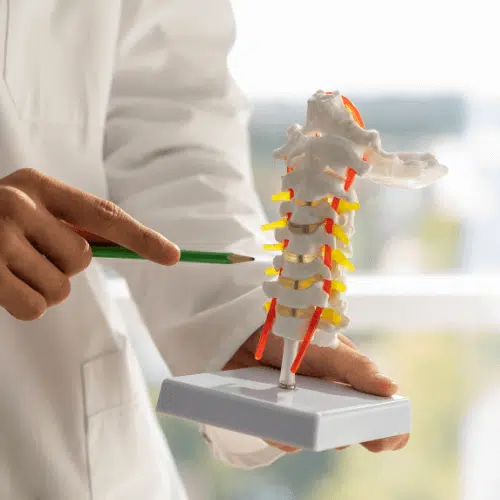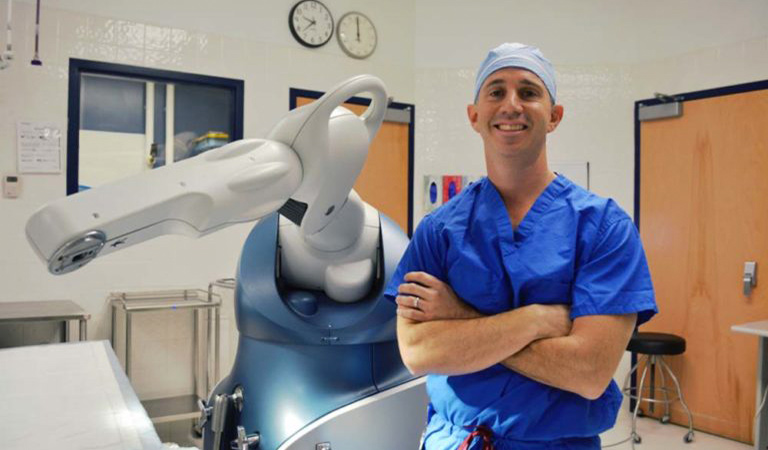The Basic Principles Of Axis Spine And Orthopedics
The Basic Principles Of Axis Spine And Orthopedics
Blog Article
Rumored Buzz on Axis Spine And Orthopedics
Table of ContentsAxis Spine And Orthopedics Things To Know Before You BuyThe Ultimate Guide To Axis Spine And OrthopedicsA Biased View of Axis Spine And OrthopedicsA Biased View of Axis Spine And Orthopedics
An orthopedic cosmetic surgeon is a medical professional who specializes in treating troubles of the bones, joints, and connective tissues, and guaranteeing you keep a healthy and balanced musculoskeletal system., we have actually very qualified orthopedic specialists that are qualified of treating patients of all ages. I got included in research during my initial year of clinical institution, and I began making connections with orthopedic doctors early on.
Discuss the post-operative care plan with your cosmetic surgeon. Set up for transportation to and from the health center on the day of surgery.
The 5-Minute Rule for Axis Spine And Orthopedics

Your doctor will certainly provide plenty of details pertaining to post-operative care, including how to stay tidy and maintain the medical area clean. Adhering to these pointers can prepare you literally and psychologically for your orthopedic surgical procedure. Remember to preserve a positive outlook and depend on your medical team's knowledge, adding to a smoother recovery process.

Otherwise, you'll simply obtain puzzled. Think concerning the big photo. Nobody expects you to understand anything, so do not try to remember a lot of arbitrary facts. Whether you're pursuing your children, taking on treking routes, or showing off your ideal dance actions, maintaining your musculoskeletal system in great form is important. Or else, joint discomfort can really screw up your life.
The consistent pains in your knee or the tightness in your shoulder can slow you down and make even basic tasks hard. Common conditions dealt with by orthopedic surgeons are: Fractures and Bone Injury: Broken bones and other injuries from mishaps or effects. Arthritis: Especially osteoarthritis, which creates joint discomfort and stiffness. Benign Soft Tissue Tumors: Non-cancerous developments in muscular tissues or various other soft tissues. Bone Cancer: Lumps in the bones. Bursitis: Inflammation of the small sacs of.
The Best Guide To Axis Spine And Orthopedics
fluid that support the bones, ligaments, and muscle mass near your joints. Neck and Reduced Back Discomfort: Concerns impacting the back. Orthopedic Trauma: Extreme injuries impacting bones, joints, or soft cells. Sports Injuries: Issues like tendon splits, ligament injuries, and joint discomfort from athletic tasks.
Orthopedic surgeons perform a range of treatments to assist individuals with bone and joint problems. Apart from these subspecialists, some orthopedic doctors are generalists. Training might consist of typical clinical institution (a physician of medication level, or MD)or osteopathic education and learning (a physician of osteopathy degree, or DO) - axis spine.
Our Axis Spine And Orthopedics Diaries
Next off, they complete an orthopedic residency. It's typically five years and gives hands-on understanding in a medical setting. Restricted movement due to discomfort. Tightness. First consultations typically include: Discussing your signs and symptoms, medical history and way of life. A physical examination, consisting of moving the impacted joint in details methods. Imaging studies, such as an X-ray. Description of your diagnosis.
Treatment referrals. Some conditions need additional imaging, like a CT scan or MRI for even more extensive sights of the unpleasant location. Your orthopedist will suggest treatments to decrease signs up until you obtain a medical diagnosis. Orthopedic specialists concentrate More Bonuses on nonsurgical and surgical strategies. For sure kinds of orthopedic injury or congenital problems, surgical procedure is frequently the very first line of therapy. For a lot of various other conditions, orthopedists try nonsurgical therapies. It may take even more than one sort of treatment to achieve long lasting alleviation. Picking the right is vital for effective medical end results and boosted patient healing. With a large range of choices offered in the marketplace, it can be frustrating for both cosmetic surgeons and clients to make a notified choice. The leading five elements to take into account when selecting an orthopedic dental implant are surgical compatibility, cost-effectiveness, considerations for revision surgery, patient-specific elements, and the design and development of the implant. They can be found in numerous shapes, sizes, and products, each offering a specific function based upon the person's requirements. Comprehending the essentials of orthopedic implants is crucial before diving right into the decision-making procedure. One of the leading factors to consider when picking an orthopedic dental implant is its compatibility with the procedure. Different implants are designed for various medical methods and methods. The orthopedic implant ought to be specifically designed to fit the person's composition and guarantee security during the recovery process. Surgical compatibility involves factors such as dental implant dimension, shape, and product. The success of orthopedic procedures relies heavily on the proper option and positioning of implants that are compatible with the person's makeup and medical background. By focusing on client safety and security and health, orthopedic specialists can attain successful outcomes and offer the best quality of care to their people. Doctors need to thoroughly consider the biomechanical residential or commercial properties of the dental implant and exactly how it will certainly integrate with the patient's bone framework. This will add to far better surgical end results, decreased complications, and shorter recuperation time. When selecting implants for a patient, it is important to consider a range of patient-specific factors that can affect the success and outcome of the procedure. These variables encompass the client's age, bone high quality and quantity, oral wellness status, medical background, lifestyle practices, and visual choices. For older patients with jeopardized bone thickness, shorter implants or grafting procedures might be valuable to supply the essential stability and support. 3. Is the size of the orthopedic implant an important factor to consider? Just how does it impact the surgery and the client's recuperation? Yes, the dimension of the dental implant is crucial as it should match the individual's structure for proper fit and functionality. 4. Can the client's age and lifestyle contribute in selecting one of the most ideal orthopedic dental implant? Definitely. Just how does the expense of an orthopedic implant aspect into the decision-making procedure, and exist methods to stabilize high quality with affordability? The cost of the dental implant is a vital factor to consider, yet it needs to not be the single determining variable. Stabilizing top quality with cost includes evaluating different implant options 'long-term advantages and possible issues. Report this page